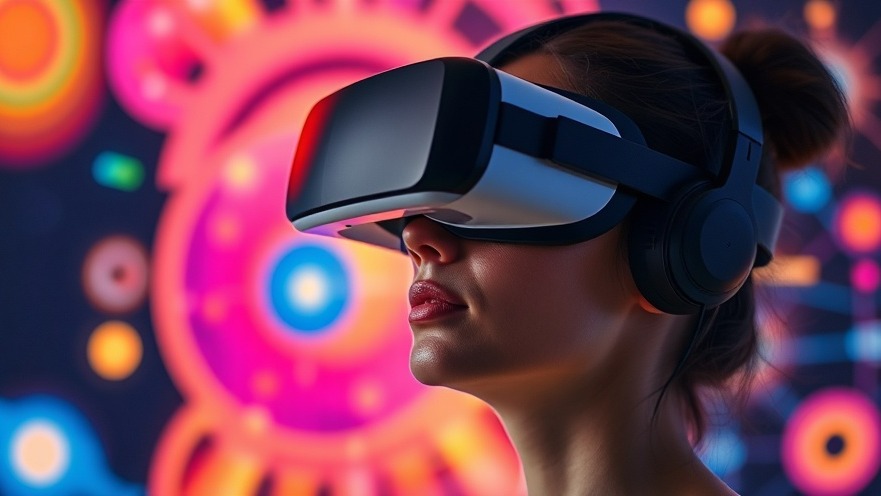
The Future Is Now: Revolutionizing Visual Field Testing with VR
Virtual reality (VR) technology is not just for gaming anymore; it's transforming the world of ophthalmology. Recently, specialists have highlighted how VR headsets can enhance visual field testing, particularly for glaucoma patients. As Jason Bacharach, MD, indicated in a recent conference, these headsets provide an engaging and immersive experience that is comfortable and portable, opening up exciting possibilities for both practitioners and patients.
Why Choose Virtual Reality for Visual Field Testing?
One of the most significant advantages of VR over traditional bowl-based perimetry is efficiency. Bacharach noted that VR devices allow practices to conduct more tests with less skill needed to operate them, making them ideal for high patient volumes. This is not just about ease; it enhances patient satisfaction. Users report that the testing process feels quicker and less intimidating compared to conventional methods.
Supporting Data and Validation
Reference Article 1 discusses a study comparing virtual reality visual fields with traditional methods, showing a strong correlation in results. This aligns with Dr. McCafferty’s findings that VR testing can seamlessly integrate into existing workflows. The ability to perform high-quality tests anywhere allows practices to increase their throughput significantly, which is especially beneficial during busy clinic hours.
The Bottom Line: A Smart Financial Move
For concierge medical practices, integrating VR into visual field testing is not only a means of improving patient experience but also a financial strategy. According to research in Reference Article 2, VR visual field testing demonstrated a reduction in operational costs and an increase in profits. Traditional tests generally produce about $20 profit per examination, whereas VR can double that due to decreased costs and increased efficiency.
Addressing Concerns: Standardization and Training
However, the adoption of VR technology is not without challenges. Bacharach pointed out concerns regarding the standardization of results and the need for robust validation studies. Practitioners must also consider the training requirements for staff to efficiently implement this new technology. That said, as VR becomes more prevalent, best practices will evolve, and further studies will likely emerge, solidifying its credibility in clinical settings.
In Conclusion: Embrace the Change for Growth
As the healthcare landscape shifts towards more patient-centric models, virtual reality's role in enhancing visual field testing will likely become a critical part of the conversation. For concierge medical practice owners looking to expand their services and solidify their standing, this technology can be a decisive factor. Investing in VR not only enhances patient interaction but may also significantly boost your practice's profitability.
Connect with your patients on a deeper level by exploring VR solutions for visual field testing today!
 Add Row
Add Row  Add
Add 






Write A Comment